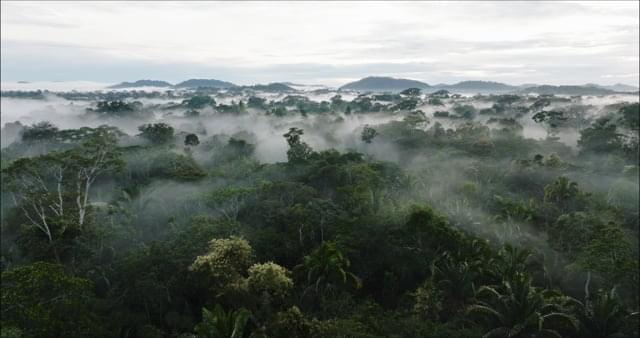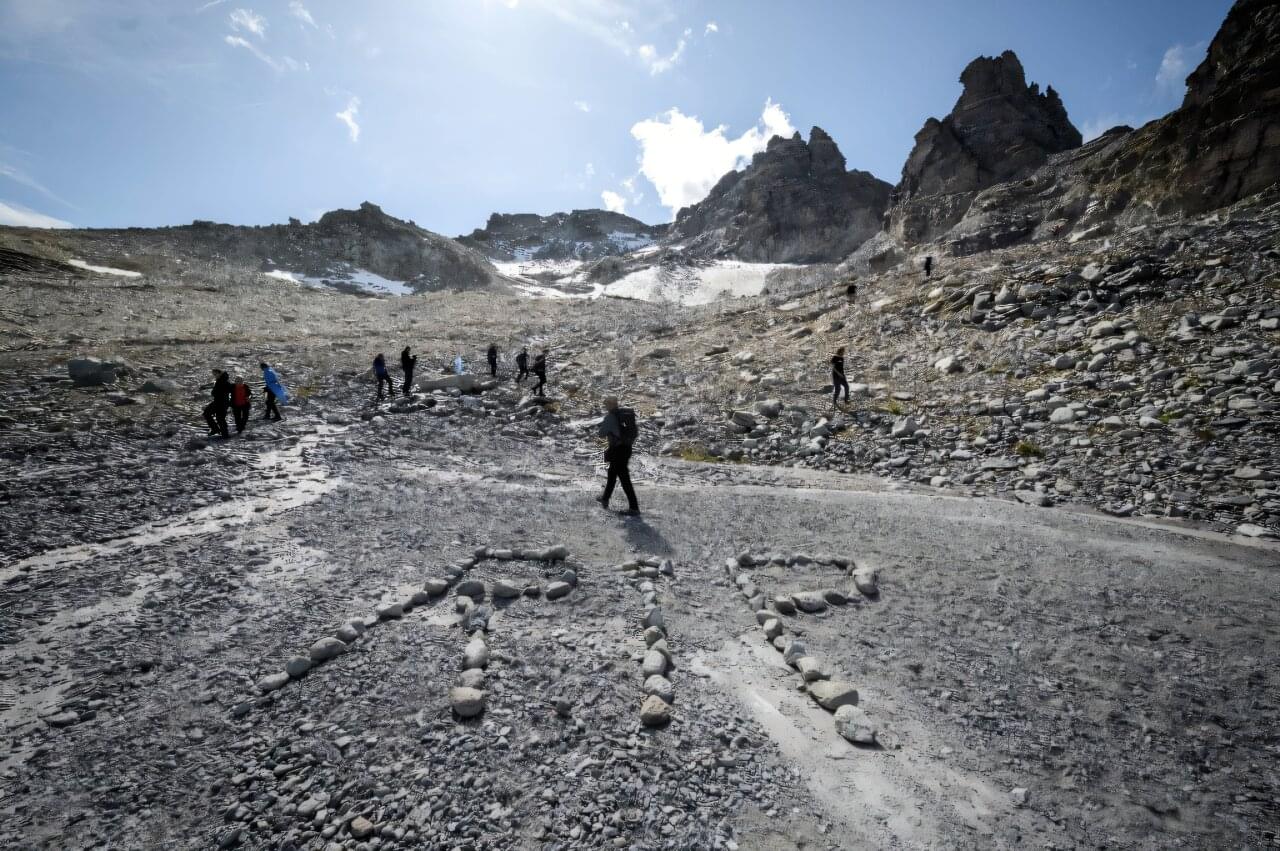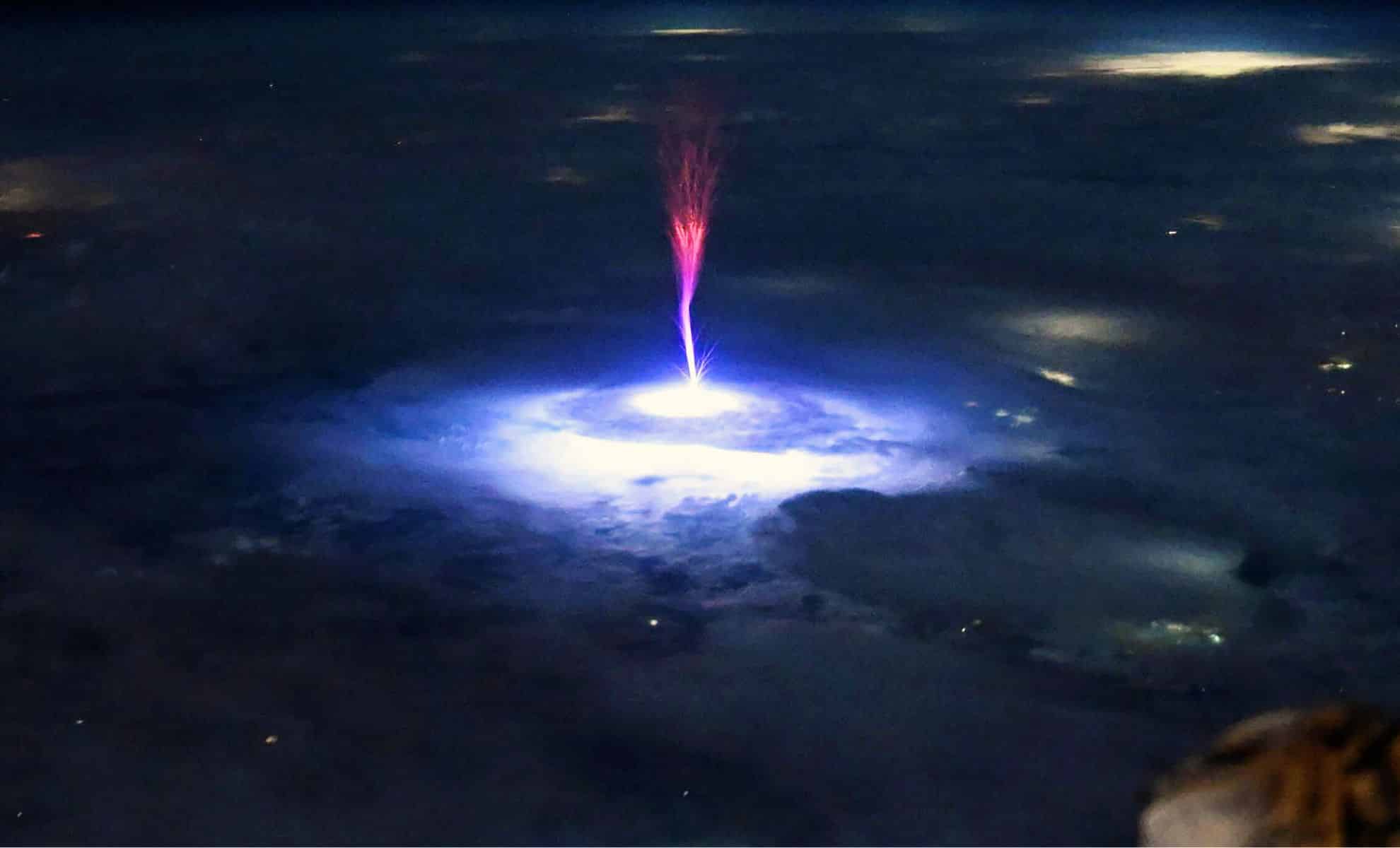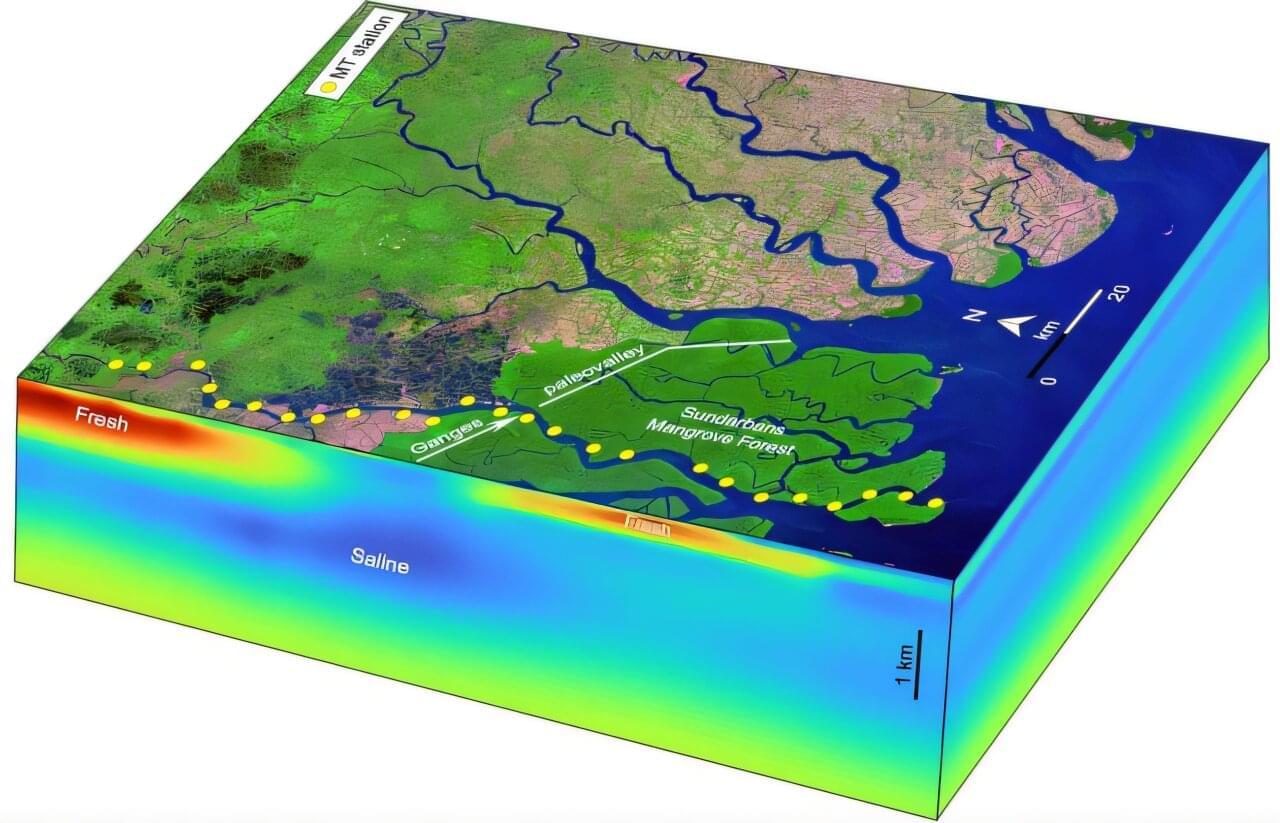And it’s up to us to reverse the trend.



Thousands of glaciers will vanish each year in the coming decades, leaving only a fraction standing by the end of the century unless global warming is curbed, a study showed on Monday.
Government action on climate change could determine whether the world loses 2,000 or 4,000 glaciers annually by the middle of the century, according to the research.
A few degrees could be the difference between preserving almost half of the world’s glaciers in 2100—or fewer than 10%.
⚙️ Q: What makes supersonic engines better than subsonic for ground power generation? A: Supersonic engines designed for 160°F operation at 60,000 ft and Mach 1.7 handle high ground temperatures without requiring water cooling, throttling, or water spray that subsonic engines need to avoid melting in hot conditions.
Deployment Timeline.
📅 Q: When will Boom’s engines start powering AI data centers? A: Boom’s supersonic engines are scheduled to begin providing power to AI customers in 2027, becoming the most tested new jet engine ever before carrying passengers.
Business Model.
💰 Q: How does powering data centers benefit Boom’s supersonic aircraft development? A: The symbiotic relationship creates a financial bridge where engines generate revenue from data center operations before deployment in commercial passenger aircraft, funding the experimental-to-commercial transition.
Environmental Considerations.


Despite its tropical climate and floodplain location, Bangladesh—one of the world’s most densely populated nations—seasonally does not have enough freshwater, especially in coastal areas. Shallow groundwater is often saline, a problem that may be exacerbated by rising sea levels.
Rainfall is highly seasonal and stored rainwater often runs out by the end of the dry season. And contamination by naturally occurring arsenic deposits and other pollutants farther inland further depletes supplies of potable water, which can run desperately short during annual dry seasons. According to the UN’s Sustainable Development Goals, 41% of Bangladeshis do not have consistent access to safe water.
Hoping to ease the crisis, researchers from Lamont-Doherty Earth Observatory, which is part of the Columbia Climate School, led an exploration for new freshwater sources along the Pusur River in the Ganges-Brahmaputra Delta. They recently published their results in the journal Nature Communications.

Aviation’s climate impact is partly due to contrails—condensation that a plane streaks across the sky when it flies through icy and humid layers of the atmosphere. Contrails trap heat that radiates from the planet’s surface, and while the magnitude of this impact is uncertain, several studies suggest contrails may be responsible for about half of aviation’s climate impact.
Pilots could conceivably reduce their planes’ climate impact by avoiding contrail-prone regions, similarly to making altitude adjustments to avoid turbulence. But to do so requires knowing where in the sky contrails are likely to form.
To make these predictions, scientists are studying images of contrails that have formed in the past. Images taken by geostationary satellites are one of the main tools scientists use to develop contrail identification and avoidance systems.

As the geopolitical climate shifts, we increasingly hear warmongering pronouncements that tend to resurrect popular sentiments we naïvely believed had been buried by history. Among these is the claim that Europe is weak and cowardly, unwilling to cross the threshold between adolescence and adulthood. Maturity, according to this narrative, demands rearmament and a head-on confrontation with the challenges of the present historical moment. Yet beneath this rhetoric lies a far more troubling transformation.
We are witnessing a blatant attempt to replace the prevailing moral framework—until recently ecumenically oriented toward a passive and often regressive environmentalism—with a value system founded on belligerence. This new morality defines itself against “enemies” of presumed interests, whether national, ethnic, or ideological.
Those who expected a different kind of shift—one that would abandon regressive policies in favor of an active, forward-looking environmentalism—have been rudely awakened. The self-proclaimed revolutionaries sing an old and worn-out song: war. These new “futurists” embrace a technocratic faith that goes far beyond a legitimate trust in science and technology—long maligned during the previous ideological era—and descends into open contempt for human beings themselves, now portrayed as redundant or even burdensome in the age of the supposedly unstoppable rise of artificial intelligence.

El Niño–Southern Oscillation (ENSO) profoundly affects Australian weather, climate, ecosystems and socio-economic sectors. This Review presents the progress made in understanding ENSO teleconnections to Australian weather over the past 40 years, describing the atmospheric dynamics, complexities and impacts of this climate phenomenon.


In recent years, the global climate has become increasingly extreme, with intensifying alternations of droughts and floods—particularly in ecologically vulnerable mid-latitude regions. But what is driving this hydroclimatic variability? Scientists have long debated the underlying mechanisms.
A research team led by Prof. Long Hao from the Nanjing Institute of Geography and Limnology of the Chinese Academy of Sciences, drilled a 300.8-meter-long lacustrine sediment core in the Datong Basin of Shanxi Province, located in mid-latitude East Asia (Northern China). By reconstructing more than 5.7 million years of Earth’s history, the researchers revealed that the “waviness” of the westerly jet stream is the primary driver of mid-latitude climate variability. The study was recently published in Nature Communications.
This sediment core acts as a detailed “climate archive,” documenting precipitation changes over approximately 5.7 million years—spanning the Pliocene and Pleistocene epochs. By analyzing chemical indicators within the core, the researchers obtained a high-resolution record of ancient precipitation patterns.